This article was written by Jennifer Mueller, JD. Jennifer Mueller is an in-house legal expert at wikiHow. Jennifer reviews, fact-checks, and evaluates wikiHow's legal content to ensure thoroughness and accuracy. She received her JD from Indiana University Maurer School of Law in 2006.
There are 7 references cited in this article, which can be found at the bottom of the page.
This article has been viewed 10,931 times.
Whether you've started law school or simply want to understand legal issues, sharp reasoning and critical thinking skills are crucial if you want to study law. Apply these skills to analyze cases handed down by high courts as well as read and interpret statutes. The specific research and analysis skills you master as you study law are also beneficial in other areas of your life.
Steps
Reading Actively
-
1Annotate the text as you read. If you simply skim passively, you won't get as much out of anything you read. Think as you go, questioning the intention and conclusion of each sentence. Underline important words or passages and write questions or comments in the margins.[1]
- Circle or underline words if you don't know the definition. Look up the definition, then read the passage again to get the full meaning.
- If you're reminded of other things that you've read, make a note of the connection in the margin of the text.
-
2Consider the motivation of the author. Depending on the type of material you're reading, the author's motivation may help you analyze the text further. When studying law, understanding a little about the background of the lawmakers or judges that drafted the text can help you understand why or how they wrote it as they did.[2]
- For example, suppose you're reading a piece of gun control legislation that was introduced or sponsored by two conservative legislators. Knowing a little bit about their party's positions on gun control can help you determine what they were trying to achieve through their legislation.
- You might also look at news articles from when the legislation was enacted or when the court decision was made. Evaluate how the statute or decision was received by the public and whether there was any backlash.
Tip: Reading actively often requires you to go beyond the "four corners" of the text you're reading. Once you understand more about the context of the text, you'll have a better understanding of the text itself.
Advertisement -
3Identify important facts and issues. As you read, make notes about facts and issues that you spot. Consider how those facts and issues were treated by the court or legislature. If you see an important fact or issue that wasn't addressed, think about why that might have been.[3]
- For example, suppose you're reading a case about a car accident in which the plaintiff's neck was injured. You question who was at fault for the accident and whether either driver had insurance. However, the court doesn't address either of these issues. You may need to research elsewhere to find out why the court didn't discuss them.
- It can help to make a list of important issues you find so that you can organize your thoughts and determine whether those issues were addressed or not.
-
4Question any assumptions you've made. Particularly when reading a court decision, you should only analyze the case based on the facts presented. However, you may make assumptions based on those facts. Those assumptions can cause you to analyze or interpret the court's decision incorrectly.[4]
- For example, suppose you're reading a case about a young man wearing sagging pants and expensive new sneakers was shot and killed by a police officer. You assume that anyone dressed like that is a criminal. However, the young man was an honor student with no criminal record. Assuming he's a dangerous criminal based on his attire could lead you to believe that the police officer acted in self-defense even though there were no facts to back that up.
- Making assumptions can also blind you to loopholes in legislation. If you assume that no one would do a certain thing or act in a certain way, you wouldn't notice if that type of behavior wasn't addressed by the statute.
-
5Look for patterns and connections in the text. Legal writing tends to be formulaic. Typically, a statute will set out its purpose clearly at the beginning. A court decision is usually organized to clearly indicate the facts, legal issue, and court analysis of that issue. As you read, you'll see connections to other parts of the text, as well as to other laws or court cases.[5]
- Keep in mind that no statute or court decision exists in a vacuum. It is informed by everything that came before it and will impact anything that follows that addresses the same or similar issues.
- Reach beyond the text at hand to put that particular statute or court decision in context with the larger body of law. Try to understand how it builds on previous statutes or decisions.
Analyzing Case Law
-
1Read the case through quickly once, then read it a second time. When you go to analyze a court decision, be prepared to read it through several times. The first time you read it, skim to get a sense of the way the decision is organized and how the judge writes. Take note if any other judges wrote separate opinions.[6]
- More recent judges tend to write court cases that are easier to read and understand. If you're reading a court case that was written a hundred years ago, it may take you longer to slog through the language.
- Keep in mind that not all judges are necessarily the best writers. You may find that some sentences are hard to comprehend, or that you need additional information to clarify a statement a judge has made.
Tip: Keep a dictionary and a legal dictionary close at hand so you can look up the definitions of words you don't know. If you find the definitions difficult to remember or keep up with, consider making flashcards so you can practice them regularly.
-
2Outline the facts of the case. The facts of the case are normally presented towards the beginning. Generally, the presentation of the facts consists of a story of what happened between the person who filed the lawsuit (the plaintiff) and the person they sued (the defendant). The facts that are provided to you will usually be the only ones that are relevant to the issue at hand.[7]
- For example, if you're reading a decision about a car accident and the facts don't include any detail about who was at fault in the accident, that may not be relevant to the issue the court is deciding.
- Sometimes the "facts" will include opinions or social science statistics. These are still considered "facts" because they are evidence the judge uses to reach a conclusion on the issue. For example, a case dealing with the constitutionality of a gun control law might include statistics about the number of deaths from guns after the law was implemented.
Tip: The facts may also include a section sometimes referred to as the procedural posture. This section simply tells you which party initiated the lawsuit, the decisions of lower courts, and how it came to be heard in the court that issued the decision.
-
3Write down the issue presented to the court. The issue, essentially, is the question that the parties to the case are asking the court to make a decision on. Some cases may have multiple issues or alternative issues.[8]
- For example, the court may be called upon to address whether a gun control statute violates the Second Amendment to the Constitution. The same case may also have an additional question as to whether the statute violates the right to due process. The court may decide one or both of these issues.
- Issues may also be presented as secondary issues. The court will only reach secondary issues if they make a particular decision on the primary issue. For example, if the primary issue is whether a statute is constitutional, and the court rules that it is not constitutional, the court would not have to address any of the secondary issues.
-
4Identify the legal rule or rules used in the case. Courts have rules and legal principles that they use to decide cases. Some of these rules are derived from case law, while others are encoded in statutes and other legal documents.[9]
- If the rule came from an earlier court case, the decision will include a summary or quote from that case as well as a citation so you can look that case up. Sometimes a rule has been developed over a series of cases, in which case you'll see multiple quotes and citations.
- If you are not familiar with the rules the court is applying, go back and read them before you delve deeper into the court's analysis.
Tip: It can also be good practice to try to apply the rule to the facts yourself and see what conclusion you reach. This also helps you better understand the rule.
-
5Evaluate how those rules were applied to the facts. The most important part of the decision is the application of the legal rule to the facts of the case at hand. Seldom will the facts of the case at hand be identical to the facts in a previous case. Therefore, judges use logical reasoning to compare the cases and find similarities between them.[10]
- For example, suppose you have a case in which the defendant's cat bit the plaintiff. There may not be a case related directly to a cat bite. However, the court is relying on a rule developed through dog bite cases, reasoning that a cat is a pet just like a dog, so the same rule should apply when the animal bites someone.
- The court looks for similarities as well as differences that can distinguish one case from another. To return to the cat bite case, if the cat was an outdoor cat and was outside the owner's control when it bit the other person, the court might reason that this fact makes it an exception because the owner did not have control over the animal.
-
6Review related cases and statutes to place the decision in context. As you read the case, you'll see many citations to cases, statutes, law review articles, and other materials. Reading the materials the court cited can help you make better sense of the case.[11]
- You also want to know what happened to the case and whether it is still good law. In legal research terms, this is referred to as "shepardizing" the case. There are legal research databases, such as Westlaw and LexisNexis, that will do this for you. If you don't have access to those databases, you can usually do this using Google Scholar. Just enter the full citation of the case you read.
Reading and Interpreting Statutes
-
1Place the statute you want to read in context. No statute exists all by itself. Once enacted, it's entered into a codebook along with other statutes that are related to the same general issue. Figure out what code and section the statute is in. This will tell you a little bit more about the purpose of the statute.[12]
- Statutes often can logically be placed in multiple sections. For example, a gun-control statute could be placed in a section dealing with public health or a section covering criminal law. The public health statute will likely be geared towards protecting the public, while the criminal statute would be more concerned with punishing criminals.
-
2Shepardize the statute to make sure it's still good law. The process of shepardizing a statute tells you if any other statutes or court decisions came after it that affected how the statute should be read or enforced. If you are a law student, you likely have access to commercial databases, such as LexisNexis or Westlaw, where you can do this. Members of the general public may be able to access these resources through your public law library. You can also perform a similar function using Google Scholar.[13]
- Particularly if the statute is several years old, there's a chance that it's been amended or even repealed. A court also may have made a decision that affects how different parts of the statute should be interpreted.
- If the law has been repealed or significantly amended, you may want to shift your primary focus on the statute that appealed or amended it. However, the original statute will still be useful to you in studying the later statute.
-
3Read through the definitions section carefully. Most laws start with a section of definitions that tells you exactly how particular words are used for the purpose of that law. Some of these are merely abbreviations or shorthand for lengthier terms. Others, however, may change the definition of a word so that it has a more specific meaning than its common understanding.[14]
- For example, a simple word like "person" may have a specific definition for the purposes of a statute dealing with the protection of the rights of disabled people. In that context, you would also want to look for the definition of operational terms, such as "disabled" or "disability." If you were arguing that a particular right was protected under that law, you would first have to prove that the standard for "disability" had been met.
Tip: Sometimes statutes borrow definitions from other statutes. To understand these terms, check the statute listed. For example, a statute on disability rights may incorporate the definition of "disability" found in the Americans with Disabilities Act (ADA).
-
4Identify keywords in the statute. Keywords signal an important part of the statute. Each of these words has a distinct legal meaning. It's a good idea to circle or underline these words as you're reading, so you can find them immediately when you go back to the statute. Words to look out for include:[15]
- Action words such as "may," "shall," or "must." These words indicate whether a particular action or condition is required or authorized under the statute.
- Words such as "only," "under," "over," "if," "unless," and the like. These words typically precede an exception or limitation to the statute.
- Connectors such as "and" and "or." These words tell you which of the items in a list are required and which are alternatives.
-
5Apply basic rules of statutory construction. Over the years, courts have developed standards for interpreting statutes when their meaning is unclear. If you're in law school, you'll be taught many of these rules. However, you don't have to be in law school to understand how to interpret a statute. Some basic common rules are:[16]
- The text should be construed as a whole. If a term has one meaning in one part of the statute, it has the same meaning throughout.
- Treat every word as though it has legal significance rather than duplicating the meaning of another word.
- If a criminal statute is ambiguous, that ambiguity is resolved in favor of the defendant.
- A statute shouldn't be interpreted as making a significant change to the existing common law unless it explicitly states that purpose.
-
6Evaluate related statutes and case law to understand the statute's full meaning. You won't understand a statute completely unless you look at other statutes that address the same or similar issues. You also need to understand how the courts have interpreted those statutes.[17]
- For example, sometimes a statute is enacted as a response to a court decision that the legislature didn't like. You wouldn't be able to fully understand that statute unless you read the court decision that prompted it.
References
- ↑ https://writingcenter.fas.harvard.edu/pages/how-do-close-reading
- ↑ http://www.criticalthinking.org/pages/the-art-of-close-reading-part-one/509
- ↑ https://writingcenter.fas.harvard.edu/pages/how-do-close-reading
- ↑ https://hbr.org/2019/05/3-simple-habits-to-improve-your-critical-thinking
- ↑ https://writingcenter.fas.harvard.edu/pages/how-do-close-reading
- ↑ https://www.law.georgetown.edu/wp-content/uploads/2018/07/Using-Cases-in-Legal-Analysis-Revised.pdf
- ↑ http://paralegalstudy247.com/help/help/legal_analysis.htm
- ↑ http://paralegalstudy247.com/help/help/legal_analysis.htm
- ↑ http://paralegalstudy247.com/help/help/legal_analysis.htm
- ↑ http://paralegalstudy247.com/help/help/legal_analysis.htm
- ↑ http://paralegalstudy247.com/help/help/legal_analysis.htm
- ↑ https://courses.lumenlearning.com/masterybusinesslaw/chapter/how-to-read-a-statute/
- ↑ https://www.law.georgetown.edu/wp-content/uploads/2018/12/A-Guide-to-Reading-Interpreting-and-Applying-Statutes-1.pdf
- ↑ https://courses.lumenlearning.com/masterybusinesslaw/chapter/how-to-read-a-statute/
- ↑ https://courses.lumenlearning.com/masterybusinesslaw/chapter/how-to-read-a-statute/
- ↑ https://www.law.georgetown.edu/wp-content/uploads/2018/12/A-Guide-to-Reading-Interpreting-and-Applying-Statutes-1.pdf
- ↑ https://www.law.georgetown.edu/wp-content/uploads/2018/12/A-Guide-to-Reading-Interpreting-and-Applying-Statutes-1.pdf



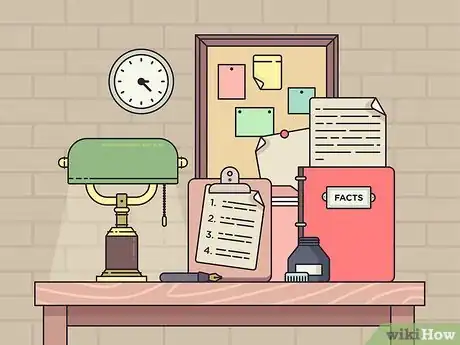
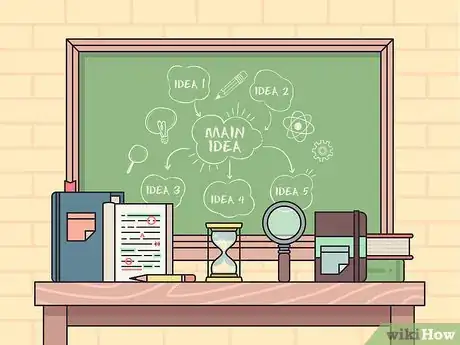
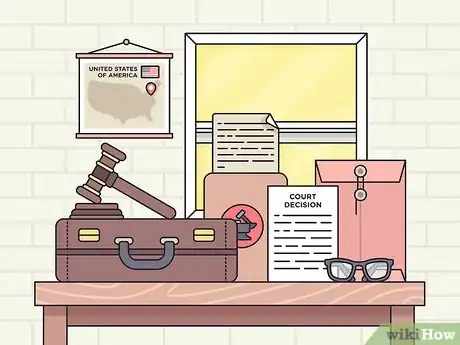

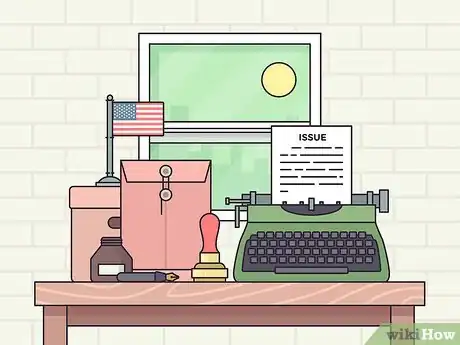
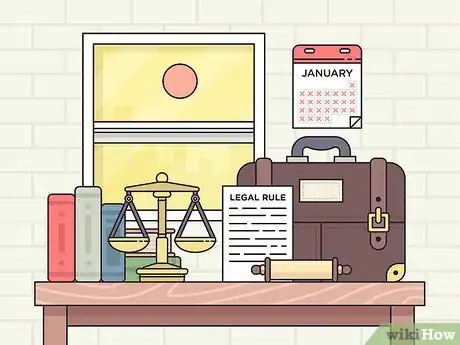
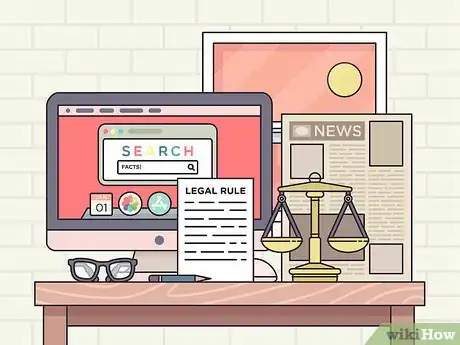
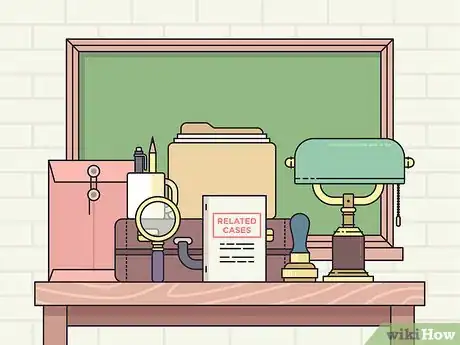
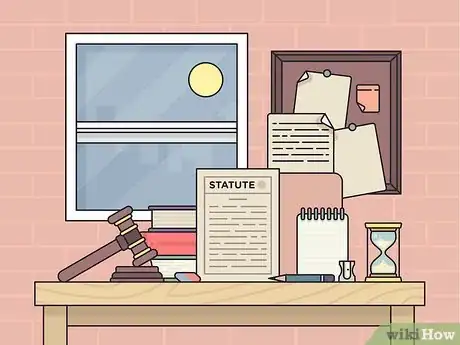

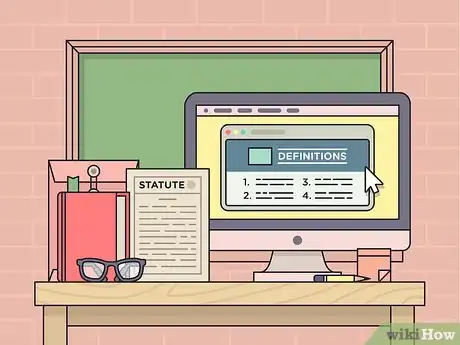
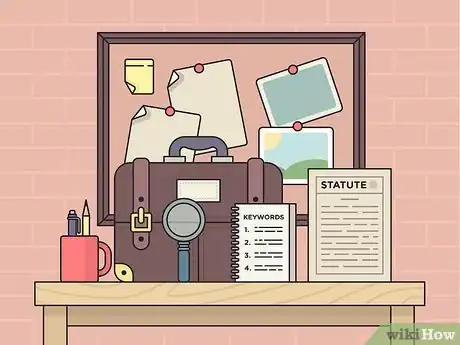
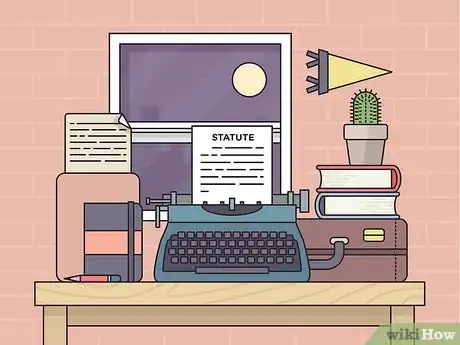
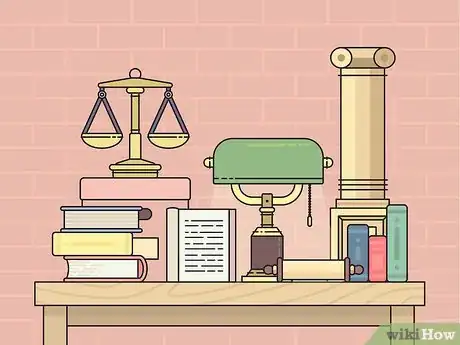




-Step-13-Version-3.webp)

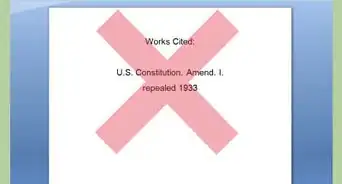


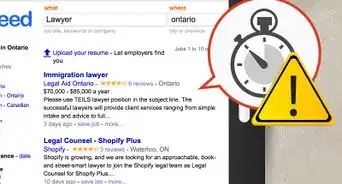

-Step-13.webp)

-Step-9-Version-2.webp)














































